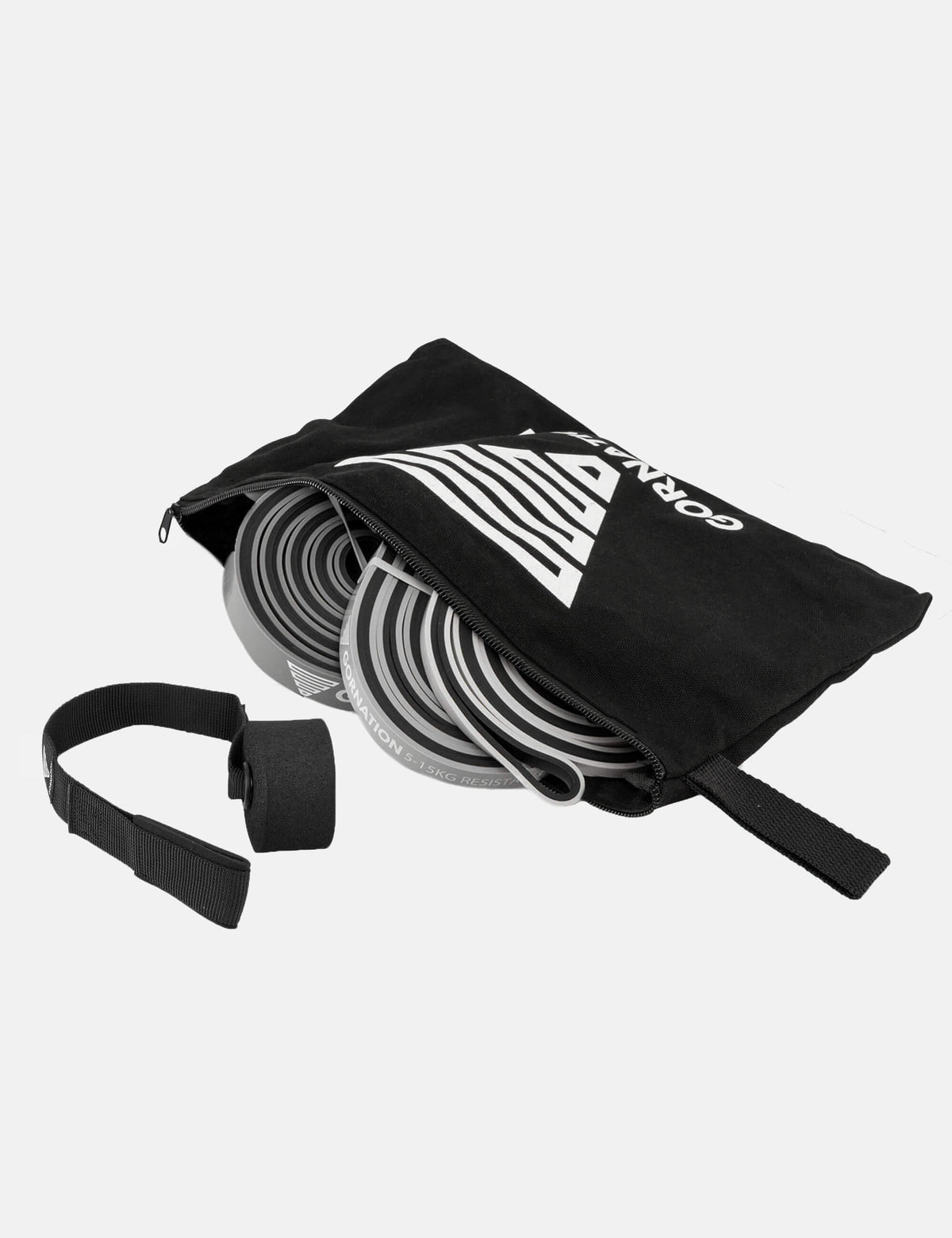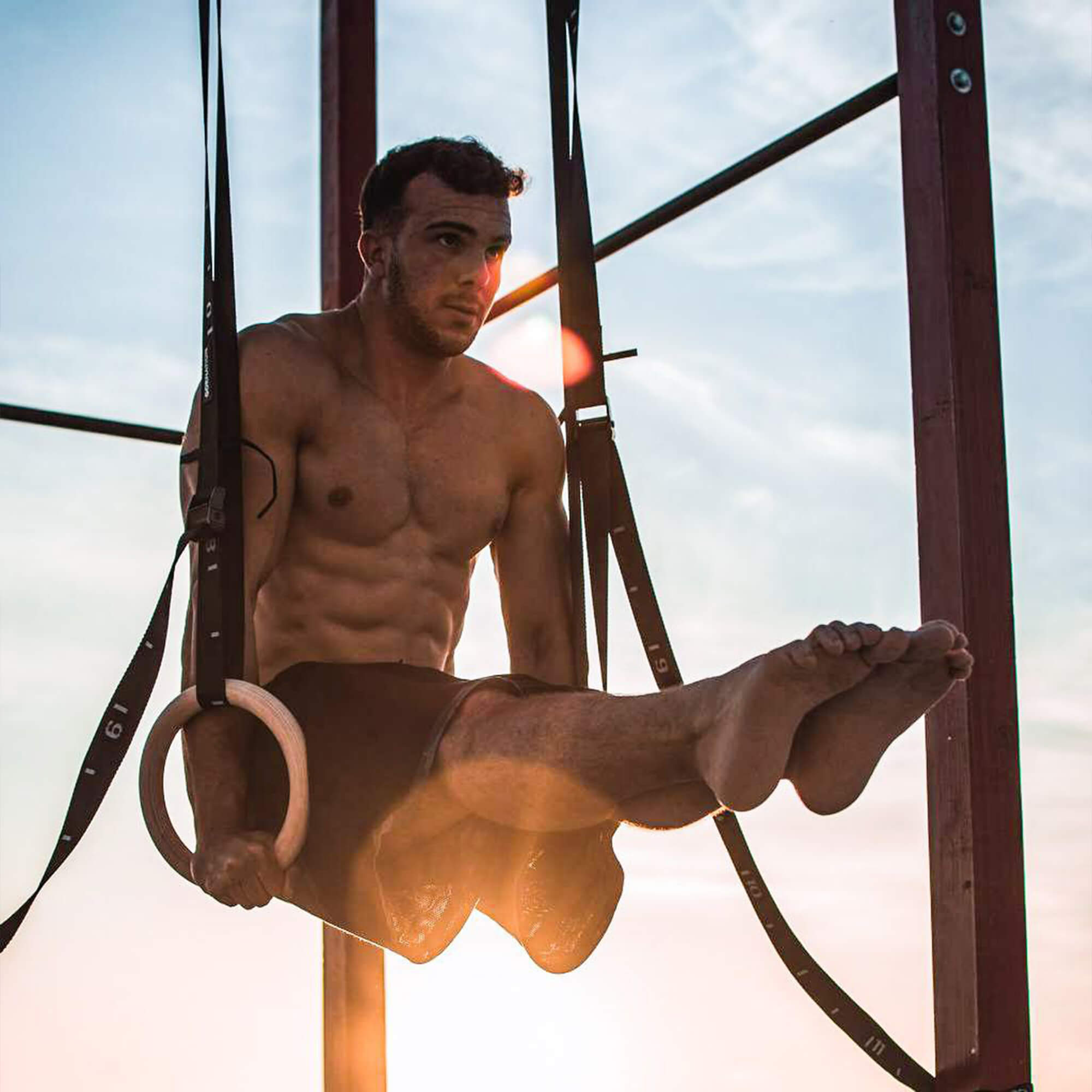What Are Statics in Calisthenics?
Statics in calisthenics refer to specific exercises where static positions are held to demonstrate body control and strength. Well-known static skills like the front lever, planche, human flag, or back lever are some of the most challenging exercises in calisthenics, showcasing impressive body control and muscular power.

How to Learn Static Skills in Calisthenics
To master static skills, you need a solid foundation of strength. The required baseline strength depends on the skill. For example, you should be able to do at least 15 pull-ups before starting to train for the front lever. While pull-ups alone won’t get you there, they provide a valuable foundation for your training.
Step-by-Step Guide to Learning the Front Lever
Once you’ve built a strong foundation, you can create a training plan that includes specific exercises and progressions for the front lever. Common regressions for learning the front lever are:
Tucked Front Lever
Advanced Tucked Front Lever
One-Leg Front Lever
Straddle Front Lever
Each position should be held for at least 5 seconds before moving on to the next progression. A structured training plan that systematically builds toward the higher levels will help you achieve your goal safely.

Supportive Exercises and Calisthenics Equipment
The right calisthenics equipment can make learning static skills more effective. Tools like resistance bands can help you hold positions like the front lever by supporting strength and stability development. Complementary exercises such as dragon flags and negative front levers can further strengthen your muscles and improve body tension. Choose exercises suited to your current skill level and vary your training regularly.
Best Tools for Calisthenics Statics:
Resistance Bands : For assistance during progressions
Parallettes : To practice static holds with better comfort and form
Liquid Chalk : To improve grip strength
Wrist Wraps : For wrist support
Elbow Sleeves : For additional joint stability
Consistency and Patience Are Key
The journey to mastering static skills like the planche or human flag is long and requires patience. It can take months or even years to fully master these skills. Continuous training and consistency are essential—frequent breaks or focusing on too many skills at once can slow your progress. Focus on one or two static skills at a time to ensure steady improvement.

Recovery and Training Structure
Static skills place significant stress on your body, so rest days are crucial. For beginners, train the front lever no more than three times per week and adjust the intensity and volume as needed. Incorporating different training days with varying intensity and volume can help you avoid overtraining:
Day 1 : Higher volume, lower intensity
Day 2 : Focus on higher intensity
Day 3 : Balanced volume and intensity
Conclusion: The Right Plan Leads to Success
Mastering static skills is a long process that requires discipline and a well-thought-out training plan. Listen to your body, allow enough recovery time, and leverage the benefits of calisthenics equipment to optimize your training. With consistency, a structured approach, and the necessary patience, you’ll achieve your static skill goals and take your calisthenics journey to the next level!
 | 3.100+ Reviews
| 3.100+ Reviews Free EU Shipping above 100€*
Free EU Shipping above 100€* Worldwide Tracked Shipping
Worldwide Tracked Shipping












